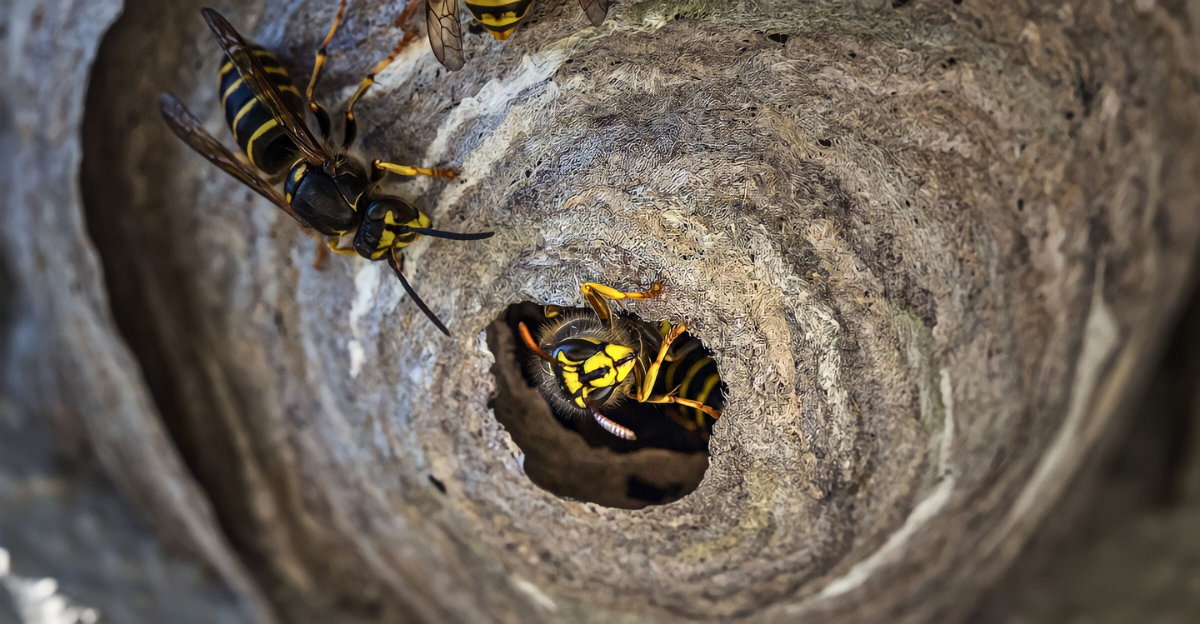
Recently, two tiny parasitic wasp species from Europe silently settled in North America, with populations now living from New York’s oak forests to the woods of British Columbia.
This marks the first time Bootanomyia dorsalis has been found here. Scientists toiled with DNA testing of oak galls and learned these bugs arrived on at least two separate occasions, under the radar of usual checks.
As Professor Kirsten Prior says, “Parasitic wasps are likely the most diverse group of animals on the planet and are extremely important in ecological systems, acting as biological control agents to keep insects in check, including those that are crop or forest pests.”
Ecosystem Keystones

North America’s oak forests are hugely important. They contain about 43 billion oak trees and provide homes for many birds, mammals, and insects.
For wildlife such as raccoons, opossums, and birds, oak gall wasps are vital food sources. There are about 800 native gall wasp species here, each closely linked to specific types of oaks after millions of years.
This delicate network faces new threats now that an unexpected European invader has arrived.
Research Discovery
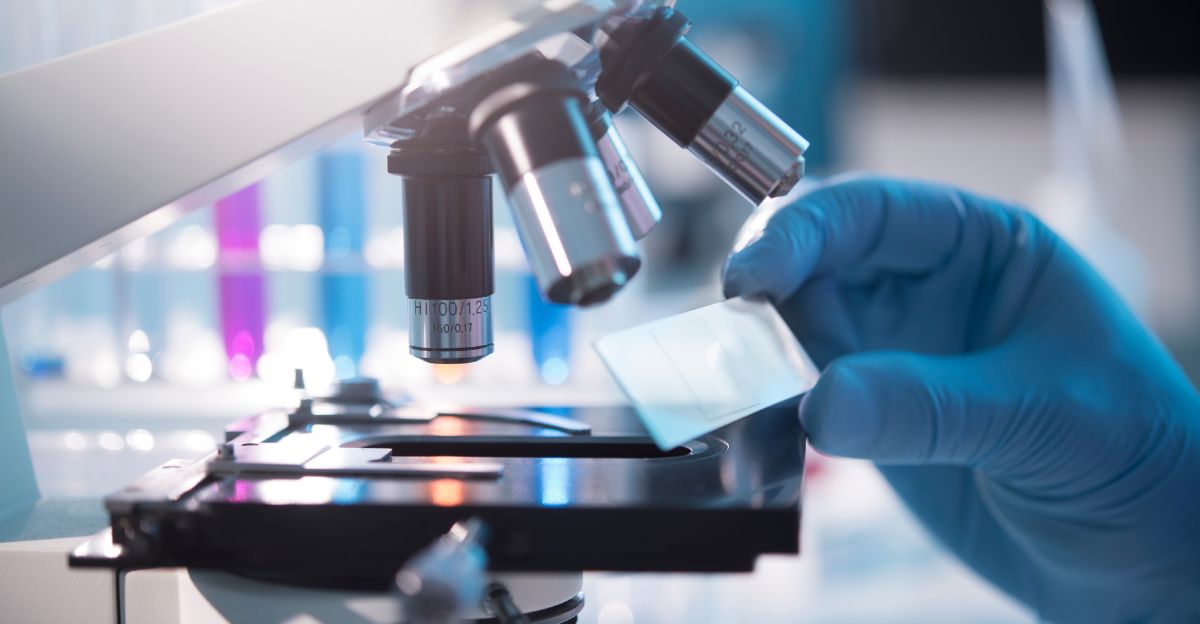
The breakthrough discovery was part of a major project funded by the NSF by Binghamton University and the University of Iowa.
Teams gathered oak galls all across North America to study parasitoid diversity. Advanced genetic testing lets scientists sort specimens from Portugal, Italy, Iran, Spain, and Hungary.
Professor Kirsten Prior explained, “The discovery of B. dorsalis on both coasts of North America prompted our team to verify the identity of this parasitic species and determine whether it was indeed an introduced species from Europe.” So, they confirmed it really is a European newcomer.
Geographic Spread
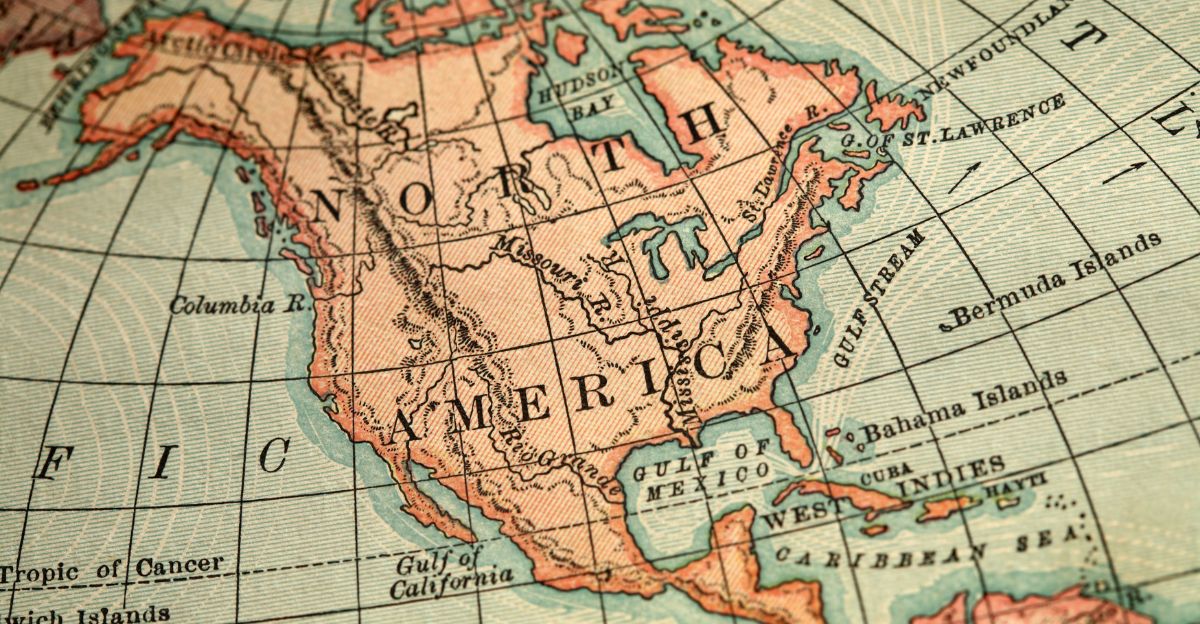
There are now two separate Bootanomyia dorsalis populations in North America. In the east, “species 1” lives in New York oak forests, while “species 2” thrives in western forests like Washington, Oregon, and British Columbia.
DNA tests show each came from a different part of Europe, meaning they invaded separately. Professor Prior cautioned, “Although all specimens are classified as B. dorsalis, the genetic distinctions between the varieties found on the Pacific and East coasts are significant enough to suggest they might be classified separately.”
The Hidden Invasion
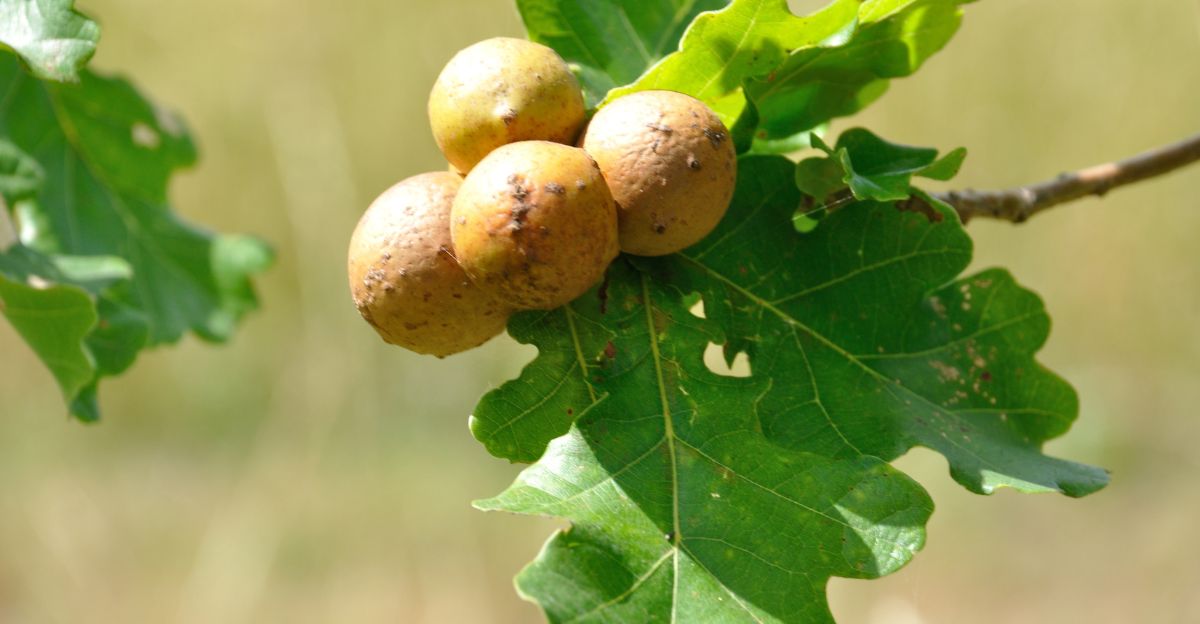
These wasps are so small and specialized that they spread easily and stay hidden inside oak galls, making them almost impossible to spot in the wild.
Their arrival represents a newer type of biological invasion that escapes detection. Researchers investigate how the design of oak galls offers protection, shaping both the evolution of native wasps and these parasites.
As Prior’s team observed, “We are interested in how oak gall characteristics act as defenses against parasites and affect the evolutionary trajectories of both oak gall wasps and the parasites they host.”
Cascading Impacts
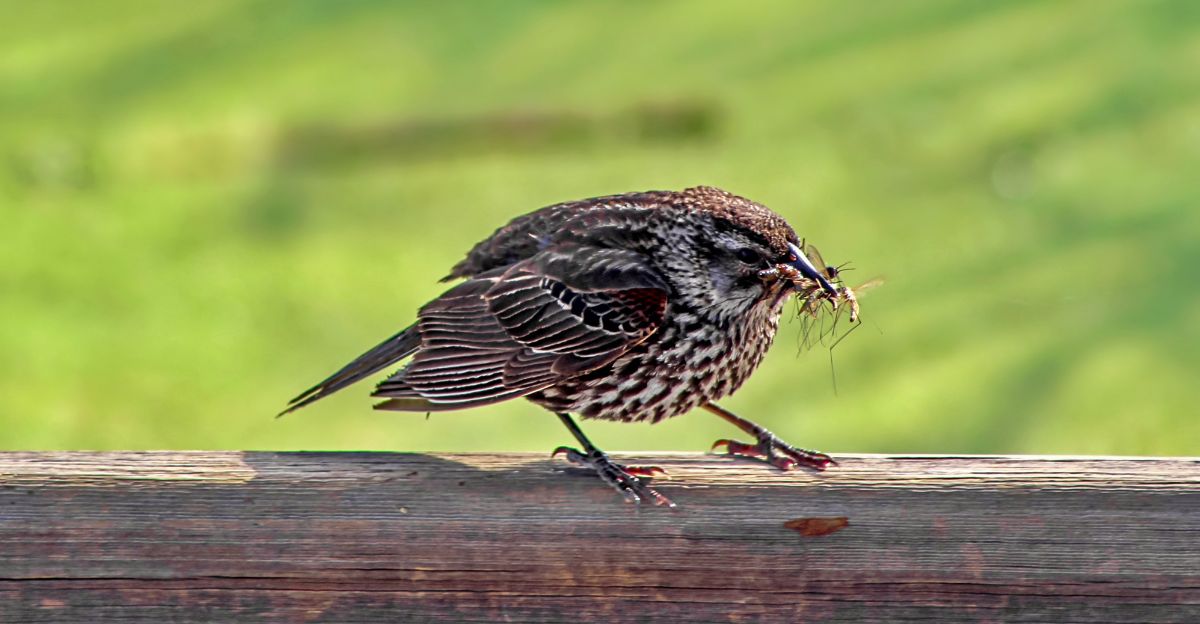
The newly arrived wasps might upset food chains that birds depend on, like woodpeckers or chickadees that eat gall wasps for protein. No one knows for sure what damage might happen yet.
Professor Prior explained, “The effects on North America’s roughly 800 species of oak gall wasps remain to be seen.” Her research group warns the invaders “could be affecting populations of native oak gall wasp species or other native parasites,” which might trigger surprising changes in forest wildlife.
Regional Vulnerabilities
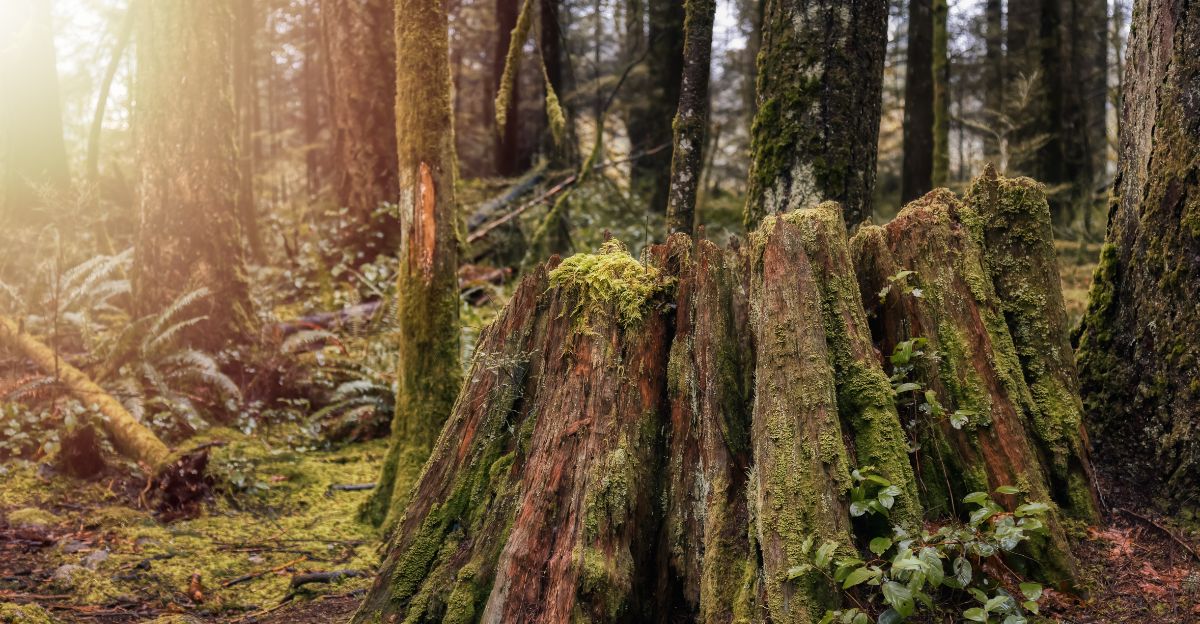
The Pacific Northwest oak forests are at special risk due to diverse local habitats and strong trade links with Europe. In British Columbia, detection means Canada’s separate forest systems could be affected, too.
Each region’s climate is similar to the European one in which the wasps evolved, making it easy for them to survive here.
Scientists worry the invaders could spread fast, and the long-term results are unpredictable.
Scientific Implications

Finding these wasps changes how we think about invasive species because they showed up in a way that traditional methods missed.
Scientists admit usual monitoring looks for larger or more obvious pests, leaving “knowledge gaps for specialized parasitoids that may have significant long-term ecological effects.” Now that we know, researchers say “thousands of similar micro-invasions may be occurring globally without scientific recognition.”
This discovery shows just how easily very small invaders can be overlooked.
Economic Considerations
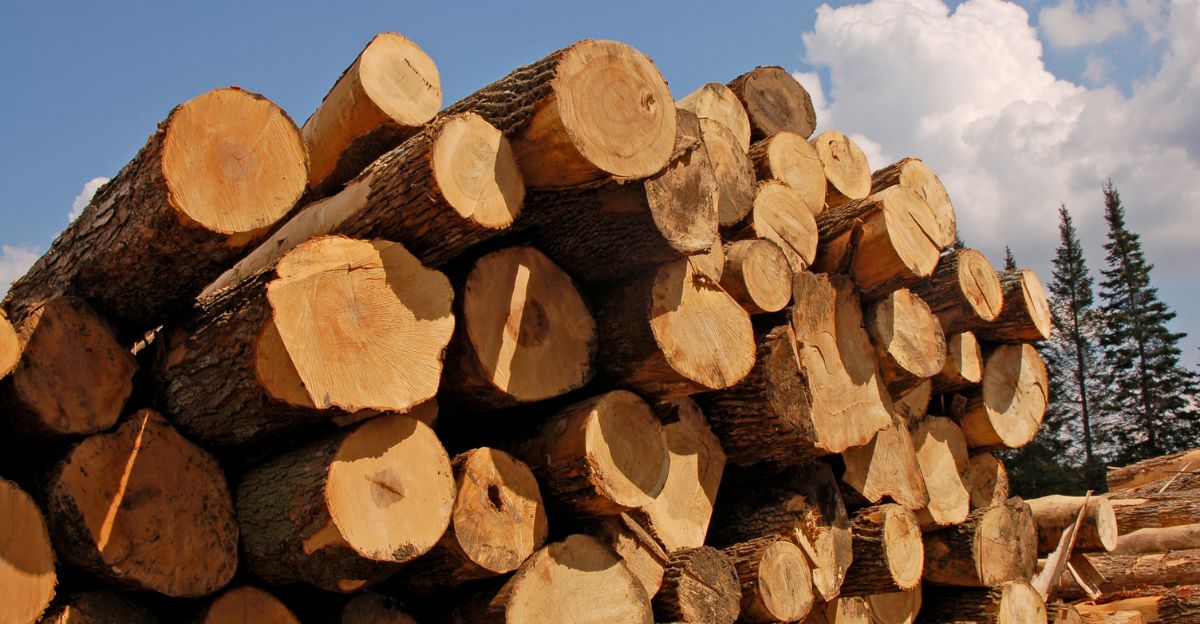
Oak forests aren’t just ecologically valuable; they’re worth billions of dollars yearly through timber, with oaks making up 41% of eastern hardwood lumber. These forests also support other industries.
Even though we don’t yet know the exact cost of this wasp invasion, experts warn that “other invasive parasitic species have been known to impact native insect populations negatively.”
We need better monitoring to spot these pests before they create expensive problems for landowners and local economies.
Detection Breakthrough
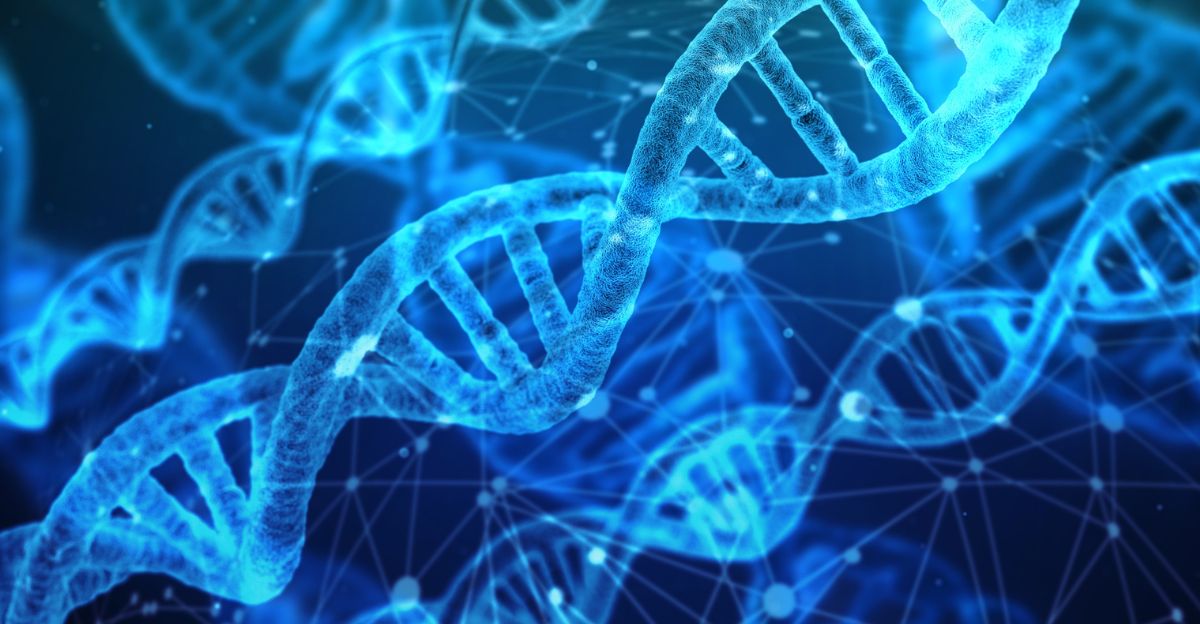
The key to discovering the new wasps was using DNA barcoding. Scientists compared molecular markers to distinguish European species from similar North American ones, which made the hidden invasion visible.
This breakthrough proves genetic technologies can detect threats that regular field surveys would miss.
As the team explains, these new methods can “revolutionize invasive species monitoring, particularly for small, specialized organisms,” showing the importance of high-tech approaches in future monitoring efforts.
Management Challenges
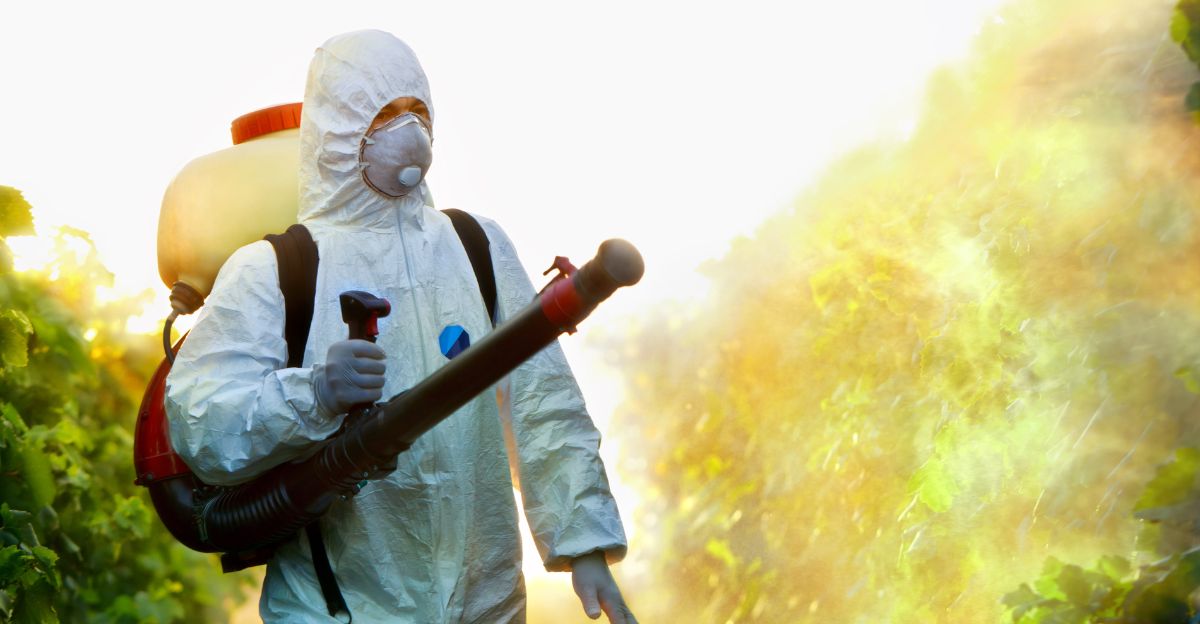
These tiny wasps are tricky because traditional methods, like removing or controlling pests, don’t work well for organisms hiding deep inside oak galls.
To make things more complicated, releasing new parasitoids could make the problem worse. Researchers now say, “prevention through improved biosecurity measures represents the most viable approach for addressing similar future invasions.”
So, stopping new arrivals at the border becomes the best plan for the future.
Research Response

Federal agencies, such as the USDA and National Science Foundation, are responding to these discoveries by increasing funding for research on cryptic invasions.
They agree that “current monitoring systems may be missing numerous similar introductions.” Collaboration with European scientists is also expanding.
Collecting wider genetic data lets researchers build a more robust base for quickly and accurately identifying new invaders so that future problems can be spotted before they spread.
Adaptation Strategies
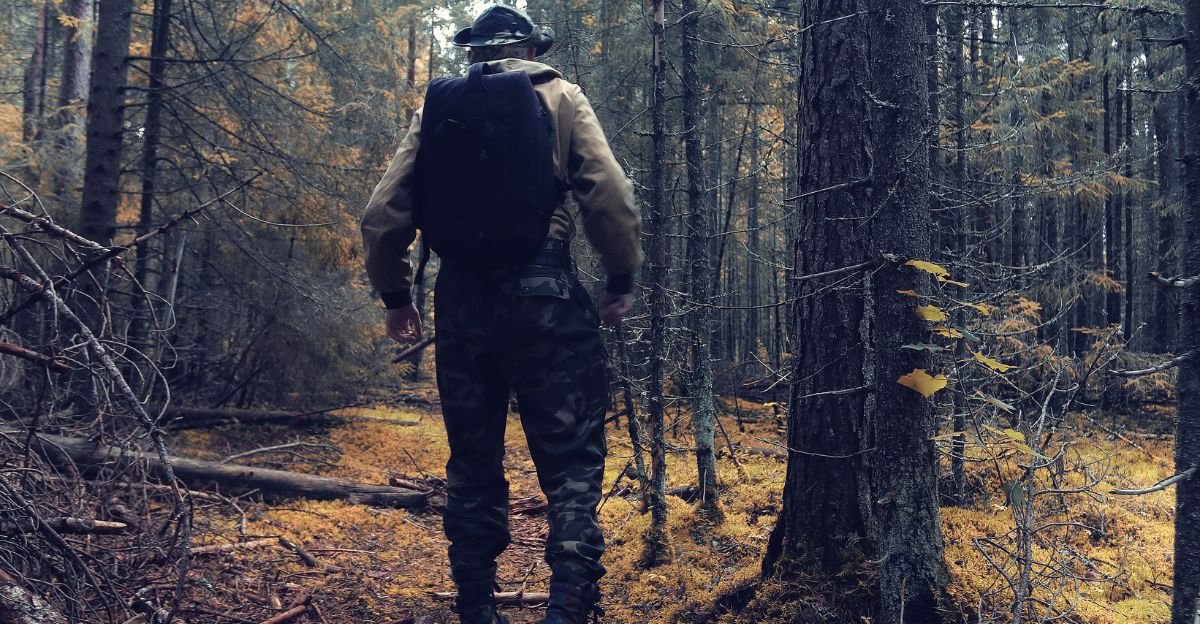
Forest managers are updating how they monitor oak ecosystems. This means training teams to collect gall samples and use genetic tests instead of visual checks.
Conservation groups urge all countries to carefully monitor and limit the movement of tiny arthropods like these wasps.
Global cooperation is needed to keep similar invaders from slipping through borders and changing native forests, especially since detection can be tough.
Collaborative Networks

International teams are sharing data and mapping out parasitoid species diversity. Genetic information is pooled in the Global Invasive Species Database, which now includes methods for identifying tiny, cryptic species before they can become established.
This bigger knowledge base also means scientists worldwide can spot subtle invasions sooner and develop coordinated plans to protect local plant and animal communities.
Future Trajectories

Warming temperatures from climate change are increasing the risks of invasive parasitoids taking hold in new regions; as habitats shift, more areas become suitable for them.
At the same time, rising global trade means more accidental introductions. Experts caution, “The discovery raises questions about how many similar introductions may have already occurred without scientific recognition.”
Keeping up with these threats will require adaptable detection and prevention strategies.
Policy Development

Governments in North America are reviewing biosecurity laws closely and aiming to add protocols for spotting hidden parasitoids much earlier.
Congressional hearings now feature scientific testimony about the importance of genetic surveillance and the need for scientists from different fields to cooperate on solutions.
Improved rules for screening imports could reduce risks and make future discoveries faster and more effective.
Industry Integration
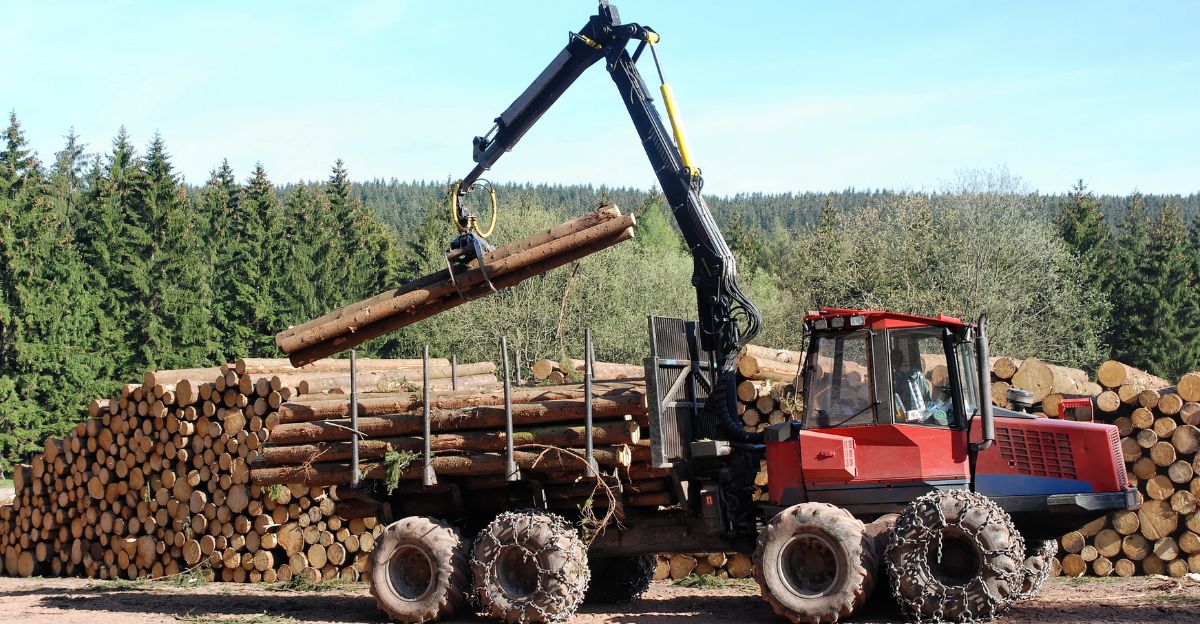
The forestry and agriculture industries support new research efforts, hoping to avoid similar problems.
Biotechnology companies are developing faster genetic tests, while trade groups are pushing for stricter rules on imports to prevent tiny pests from arriving.
Combining industry, science, and government efforts can create better defenses against hidden invaders, helping ecosystems and businesses stay healthy.
Public Awareness

Public interest in the wasps has soared because of social media, which sometimes spreads confusion.
Experts remind everyone that “the millimeter-sized Bootanomyia dorsalis isn’t likely to threaten humans,” stressing that the genuine concern is changes to wildlife and plant communities.
Now, environmental education uses this discovery to show how even tiny creatures play essential roles and why their movements matter for all of nature.
Historical Context
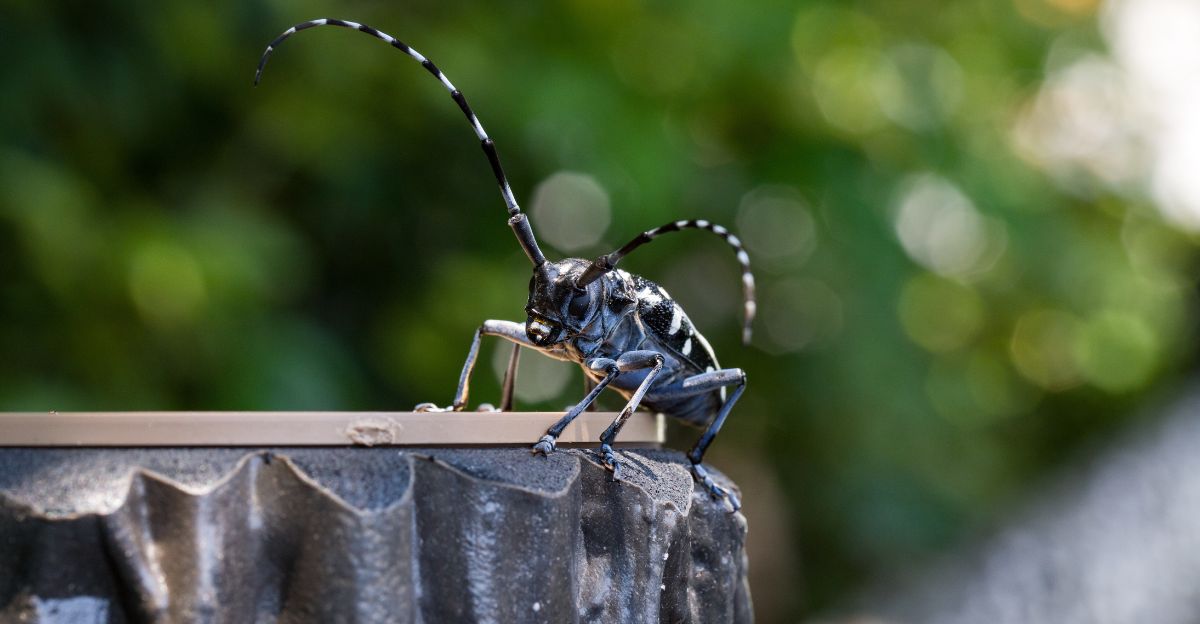
Past examples, like the emerald ash borer and Asian longhorned beetle, show that undetected invaders can cause enormous problems for years before anyone notices.
These cases prove why we must watch for cryptic arrivals, especially with today’s small wasps.
Experts are pushing for “early warning systems” using genetic tools to get ahead of future threats, since seeing changes quickly can prevent considerable, expensive damage.
Critical Takeaway

Finding these European parasitic wasps highlights why genetically based monitoring matters and why every creature should be studied.
Prior and her team explain that “protecting biodiversity in an interconnected world requires understanding and monitoring the smallest components of ecological networks, not just the largest and most obvious species.”
This discovery is a clear reminder that to protect nature, scientists, governments, and the public must pay attention to all life sizes, not just the ones we can easily see.